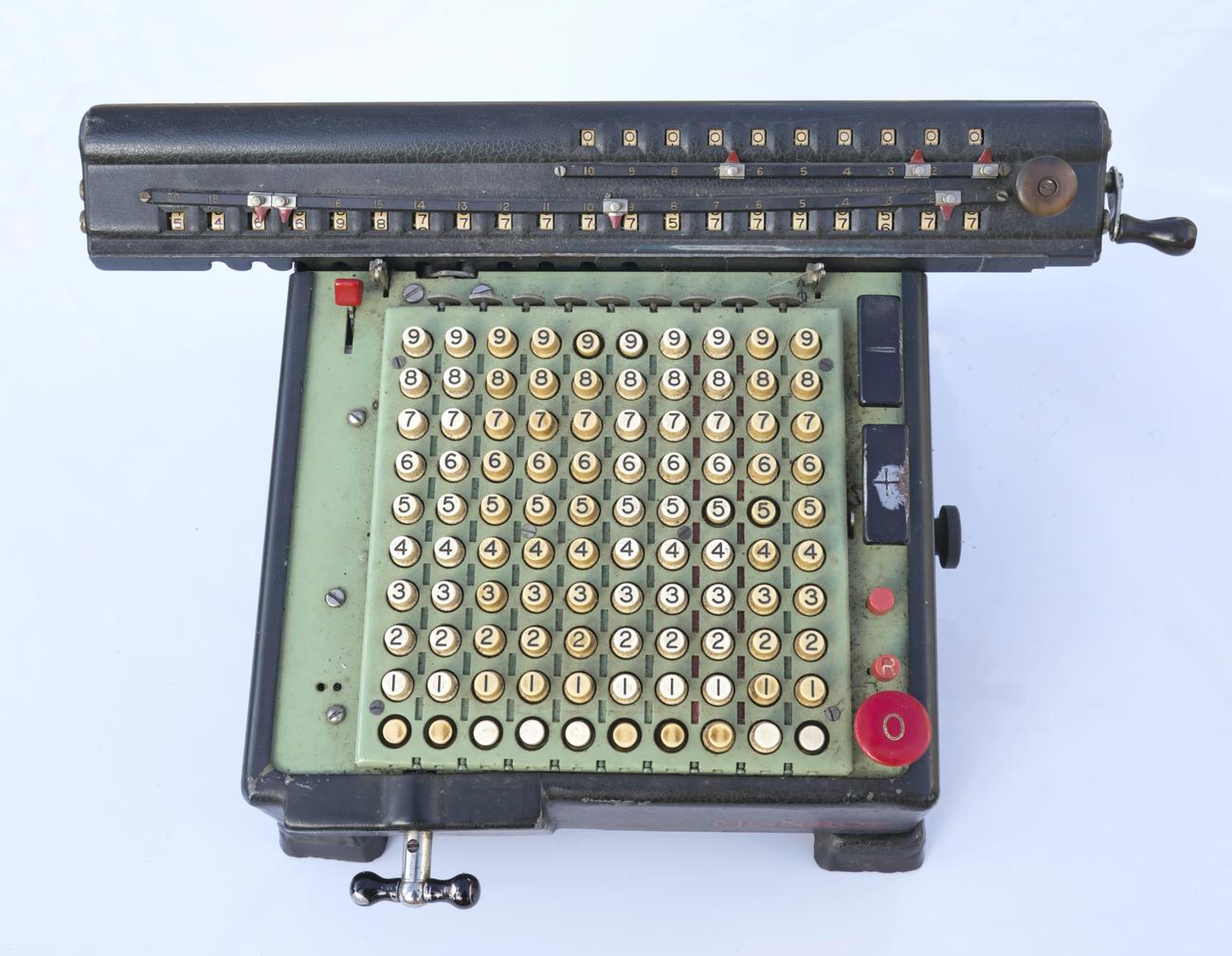Unraveling the Ancient Origins: Who Invented the First Key?

As an experienced historian and avid explorer of ancient artifacts, I am constantly drawn to the captivating mysteries of the past. The origins of inventions have always intrigued me, leading me on a fascinating journey of unraveling forgotten treasures and deciphering their creators. Today, I delve into the intriguing question of who made the first key—a small yet essential tool that has played a significant role in shaping civilizations throughout history. Through meticulous analysis of historical records, examination of intriguing artifacts, and engagement with scholarly debates, this article aims to shed light on this enigmatic topic. Join me as we embark on a meaningful exploration of the ancient origins of the key, uncovering the fascinating stories and uncovering valuable insights along the way.
Who made the first key?
As a historian deeply fascinated by ancient artifacts and their origins, I am driven to uncover the mysteries of the past. One intriguing question that has captured my attention is, “Who made the first key?” To delve into this subject, we must journey back over 6,000 years to the ancient civilizations of Babylon and Egypt.
The history of keys is intertwined with the invention of locks, which first appeared in Babylon and Egypt during the same era. Ancient Egyptian keys, for instance, were simple wooden devices with small pins hidden near the bolt. These wooden, toothbrush-shaped keys were ingeniously designed to lift the pins and unlock the bolt. It is remarkable to think of the ingenuity behind such ancient mechanisms.
In houses built before the 1940s, another type of key reigned supreme: the skeleton key. These keys were versatile, able to open multiple locks and were commonly used during that time. Imagine holding such delicate yet powerful instruments in the palm of your hand as you journeyed from room to room, unlocking various doors.
The evolution of keys did not end there. In the mid-1800s, Linus Yale, Sr., and Jr. introduced modern “flat keys” with tumbler locks. This innovation revolutionized the security world, as flat keys provided a more sophisticated way of regulating pins. Unlike their wooden ancestors, these keys were easy to manufacture and replicate, making them accessible to a wider audience.
Key narratives are threaded throughout different cultures and time periods, from the Greeks to the Egyptians and even the Old Testament. These ancient artifacts hold significance today, reminding us of the timeless importance of locks and keys for security purposes. The first key holds a special place in history, signifying the inception of an ingenious invention that has persisted for millennia.
Now, you may be wondering, who exactly made the first key? While it is difficult to pinpoint the precise inventor, historical records attribute the creation of the first key to Theodorus of Samos in the 6th century BC. Theodorus of Samos, renowned for his engineering prowess, conceived this essential tool that unlocked the doors to a future filled with security and convenience.
In a world where we often take locks and keys for granted, it is vital to appreciate their humble beginnings. Keys play a vital role in our daily lives, providing us with a sense of security and control. They are inexpensive and straightforward yet hold such power. As you hold a key in your hand, marvel at the ingenuity and history it represents.
In conclusion, the origins of the first key may remain shrouded in the mists of time, but through meticulous research and historical records, we can attribute its creation to Theodorus of Samos. By unraveling the ancient origins of the first key, we gain insights into the ingenuity and brilliance of our ancestors. So let us cherish the keys in our lives as more than mere tools but as artifacts that connect us to an ancient past. As Winston Churchill once said, “The farther backward you can look, the farther forward you are likely to see.”
If you’re searching for fascinating facts about keys, look no further! We’ve compiled an extensive list of intriguing information about these small, yet significant, objects. Click here to discover a treasure trove of knowledge about keys: facts about keys. From their ancient origins to their modern-day uses, you’ll be amazed at the history and significance behind these everyday items. So, come along on this captivating journey and uncover the secrets that keys hold.
Lock & Key Invented in 4000 BCE?!
[youtube v=”37S6PNFGqLU”]
Origin of the Oldest Lock and Key System
The question of when the first lock and key system was invented has often intrigued people. While ancient civilizations didn’t have the advanced technologies that we do today, it is important to recognize their ingenuity and sophistication. The oldest possible date given to the invention of the lock and key system is 4000 BCE. This ancient security mechanism was discovered in Mesopotamia, specifically at the ruins of Nineveh. It was a wooden pin lock, which can be considered a predecessor of the pin-tumbler lock used in modern times.
The Intricate Design of the Lock and Key System
Contrary to what one might expect, the ancient lock and key system was not a simple mechanism. It was, in fact, highly advanced and sophisticated for its time. The lock itself consisted of two wooden blocks, with the smaller one attached to one side of the door and the larger one to the other. The larger block had three holes with moveable pins in its top section. By sliding a bar with three holes in the block, the pins would fall into place, effectively locking the door. The corresponding key for this system resembled a giant wooden toothbrush, with pegs that lifted the pins, allowing the lock to be opened.
Importance and Use of the Lock and Key System
The invention of the lock and key system was a significant development in ancient times. It provided people with a mechanical way to secure their belongings and premises. Ancient Egyptians widely used this system, enabling them to protect valuable assets and sites of religious significance without the need for stationed guards at every door. The lock and key system not only offered security but also showcased the ingenuity and knowledge of our ancestors.
Evolution of the Lock and Key System
While the first lock and key system originated around 4000 BCE, it eventually made its way from Mesopotamia to Greece and then spread throughout Europe. Over time, significant advancements and improvements were made to the lock and key system. Skeleton keys, which could open multiple locks, were commonly used before the 1940s. In the mid-1800s, Linus Yale Sr. and Jr. introduced modern “flat keys” with tumbler locks, revolutionizing the field of locksmithing. Thus, the lock and key system has evolved significantly throughout history, adapting to the changing needs of society.
Appreciating the Ingenuity and History of Ancient Keys
Keys are not just everyday objects; they hold immense historical and cultural significance. They represent the ingenuity and problem-solving skills of our ancestors who sought to protect their possessions. Keys continue to play a crucial role in our lives today, providing us with security and control. Understanding the origins and history of keys allows us to appreciate their significance and the legacy of ancient civilizations.
In conclusion, the first lock and key system was invented in Mesopotamia around 4000 BCE. This invention showcased the advanced knowledge and ingenuity of ancient civilizations. The lock and key system underwent significant evolution throughout history, leading to the sophisticated security measures and mechanisms we have today. By appreciating the origins and history of keys, we can better understand their importance in our daily lives.

FAQ
Question 1
Who invented the first key?
Answer 1
The exact identity of the person who invented the first key remains unknown. However, keys have been in use since ancient Babylon and Egypt, approximately 6,000 years ago.
Question 2
What did the first keys look like?
Answer 2
The first keys used in ancient Egypt were simple wooden devices that resembled toothbrushes. These keys had small pins hidden near the lock’s bolt. By lifting the pins, the bolt could be unlocked.
Question 3
When were skeleton keys commonly used?
Answer 3
Skeleton keys were commonly used in houses built before the 1940s. These keys could open a wide variety of locks, making them versatile and widely used.
Question 4
Who introduced modern “flat keys”?
Answer 4
Modern “flat keys” were introduced in the mid-1800s by Linus Yale, Sr. and Linus Yale, Jr. They developed tumbler locks and a more sophisticated pin regulation system, making flat keys easier to manufacture and replicate.
Question 5
What is the significance of keys in ancient cultures?
Answer 5
Keys hold great significance in ancient cultures, such as Greek and Egyptian societies mentioned in the Old Testament. They served as important symbols of security and power, helping protect valuable possessions.
“`json
“`
- Senior at What Age: Benefits & Eligibility Guide - March 29, 2025
- Unlocking Senior Benefits: How Old is a Senior? Your Complete Guide - March 29, 2025
- Master Russian Politeness:A Guide to Saying Please - March 29, 2025
















